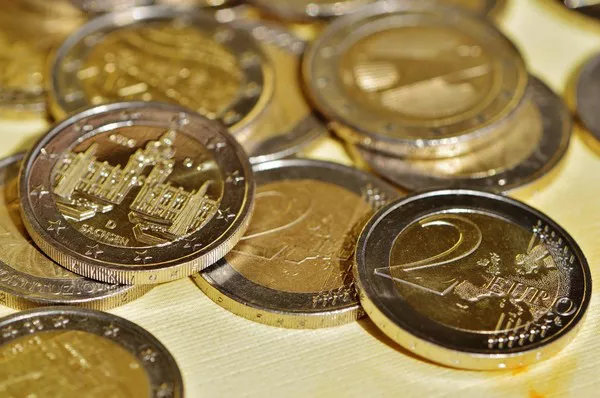In the complex and interconnected world of finance, the European Central Bank (ECB) plays a pivotal role in shaping economic policies and maintaining monetary stability within the Eurozone. Established in 1998, the ECB has evolved into a key player on the global financial stage, influencing interest rates, managing inflation, and fostering economic growth. This article aims to provide a comprehensive understanding of the ECB, delving into its functions, structure, and the impact it has on financial markets.
Functions of the European Central Bank
The primary objectives of the ECB are outlined in the Maastricht Treaty, which established the European Union (EU). The main goals are to maintain price stability and preserve the purchasing power of the euro. Unlike some central banks that have a dual mandate, the ECB’s primary focus is on price stability, which it defines as maintaining an inflation rate close to, but below, 2% over the medium term.
Price stability is deemed essential because it fosters confidence in the currency and encourages long-term economic planning. By keeping inflation in check, the ECB aims to create an environment conducive to sustainable economic growth and job creation.
The ECB achieves its objectives through various monetary policy tools, with the most prominent being the setting of interest rates. The central bank employs three main interest rates: the deposit facility rate, the marginal lending facility rate, and the main refinancing rate. These rates influence the cost of borrowing for banks and, subsequently, impact the broader economy.
Structure of the European Central Bank
The ECB operates as part of the broader Eurosystem, which consists of the central banks of the Eurozone countries. The decision-making bodies within the ECB include the Executive Board and the Governing Council.
The Executive Board is responsible for the day-to-day operations and is composed of the President, the Vice-President, and four other members. The President and Vice-President are appointed for non-renewable eight-year terms, while the other members serve non-renewable terms of five years.
The Governing Council, on the other hand, is the primary decision-making body. It consists of the members of the Executive Board and the governors of the national central banks of the Eurozone countries. The President and Vice-President of the ECB also chair the Governing Council meetings. The decisions made by the Governing Council have a significant impact on monetary policy, including interest rate decisions and other key policy measures.
Monetary Policy Tools
The ECB deploys various tools to implement monetary policy and achieve its objectives. One of the most crucial tools is the interest rate policy, which includes the aforementioned deposit facility rate, marginal lending facility rate, and main refinancing rate. These rates influence the cost of borrowing for commercial banks, affecting the overall level of economic activity.
Additionally, the ECB engages in open market operations, buying and selling financial instruments such as government bonds to manage liquidity in the financial system. This tool allows the central bank to influence short-term interest rates and maintain stability in the money markets.
Furthermore, the ECB has employed unconventional measures, such as quantitative easing (QE), to address economic challenges. QE involves the purchase of financial assets, typically government bonds, to increase the money supply and lower long-term interest rates. By doing so, the ECB aims to stimulate economic activity and boost inflation.
Impact on Financial Markets
The decisions and actions of the ECB have a profound impact on financial markets. The announcement of interest rate changes or other policy measures can lead to significant movements in bond yields, currency exchange rates, and equity markets.
For example, when the ECB signals an intention to raise interest rates, bond yields may increase as investors anticipate higher returns. Conversely, a shift towards accommodative monetary policy, such as a cut in interest rates or an expansion of QE, can lead to lower bond yields and increased demand for riskier assets like stocks.
Currency markets are also highly sensitive to ECB announcements. Changes in interest rates or other policy measures can influence the value of the euro against other currencies. A stronger euro can have implications for export-oriented economies within the Eurozone, affecting their competitiveness in global markets.
See Also What ECB Stands For? All You Need to Know
Conclusion
In conclusion, the European Central Bank plays a critical role in shaping the economic landscape of the Eurozone. Through its focus on price stability and the implementation of various monetary policy tools, the ECB strives to create an environment conducive to sustainable economic growth and job creation. Understanding the functions, structure, and impact of the ECB is essential for investors, policymakers, and anyone interested in the dynamics of the global financial system. As the ECB continues to navigate the challenges of the ever-changing economic landscape, its decisions will remain closely watched for their implications on markets and the broader economy.


